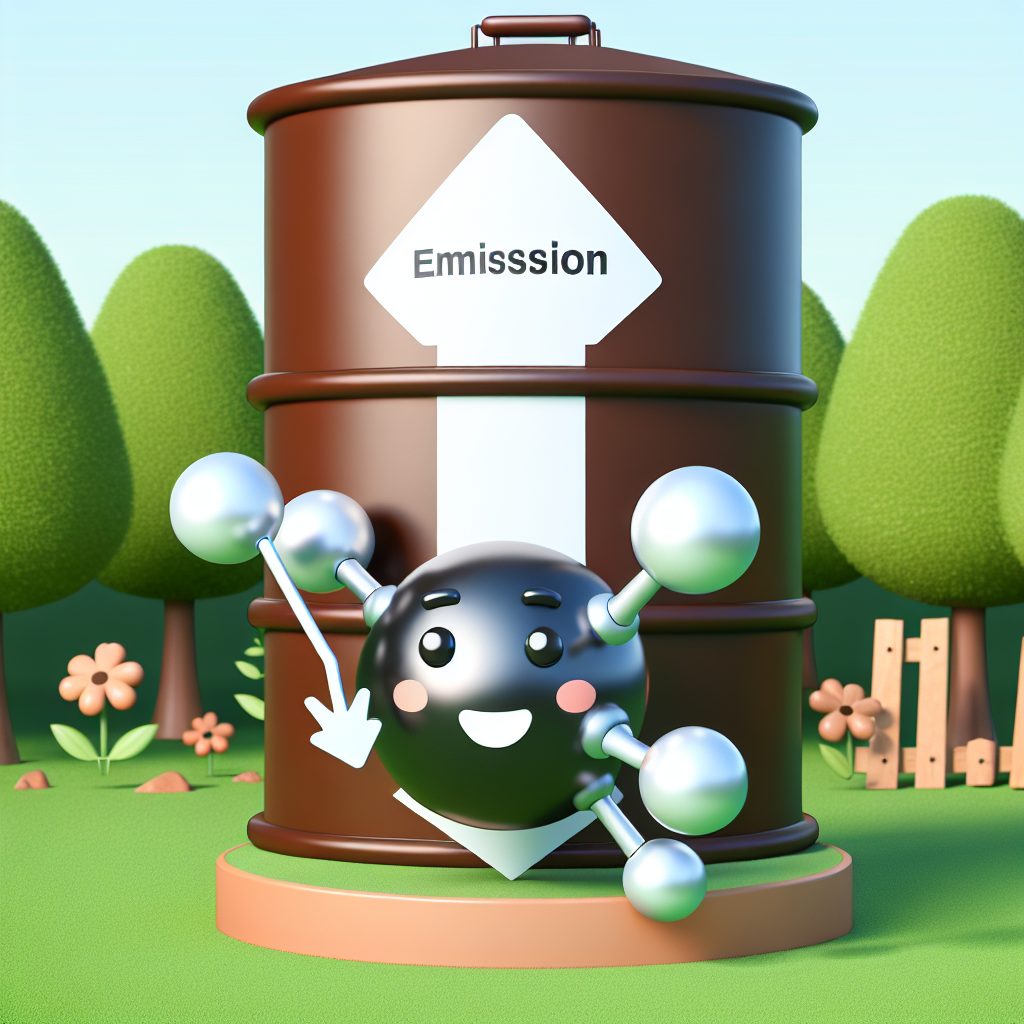Brazil's Methane Challenge: Navigating Emissions Amid Global Beef Demand
Brazil's methane emissions rose by 6% from 2020 to 2023, with beef production as a primary source. Methane, a potent greenhouse gas, saw Brazil emitting 21.1 million tons. The country, the world's fifth-largest emitter of methane, seeks solutions to reduce emissions as it prepares to host COP 30.

Brazil has seen a significant 6% increase in methane emissions between 2020 and 2023, releasing 21.1 million tons of this potent greenhouse gas, according to a recent study by the Climate Observatory. This marks its second-highest level ever for methane emissions.
A substantial 14.5 million tons of Brazilian methane emissions stems from beef and dairy cattle production, which equates to a massive 406 million tons of carbon dioxide equivalent. This surpasses the greenhouse gases emitted by the entire nation of Italy in the same period.
With Brazil being the world's fifth-largest emitter of methane, the country faces pressure to find solutions. Efforts focus on addressing emissions mainly originating from cattle digestion and waste, as well as seeking innovations similar to countries like New Zealand. The upcoming COP 30 conference in Belem will spotlight Brazil's strategies for greenhouse gas reduction.
(With inputs from agencies.)










